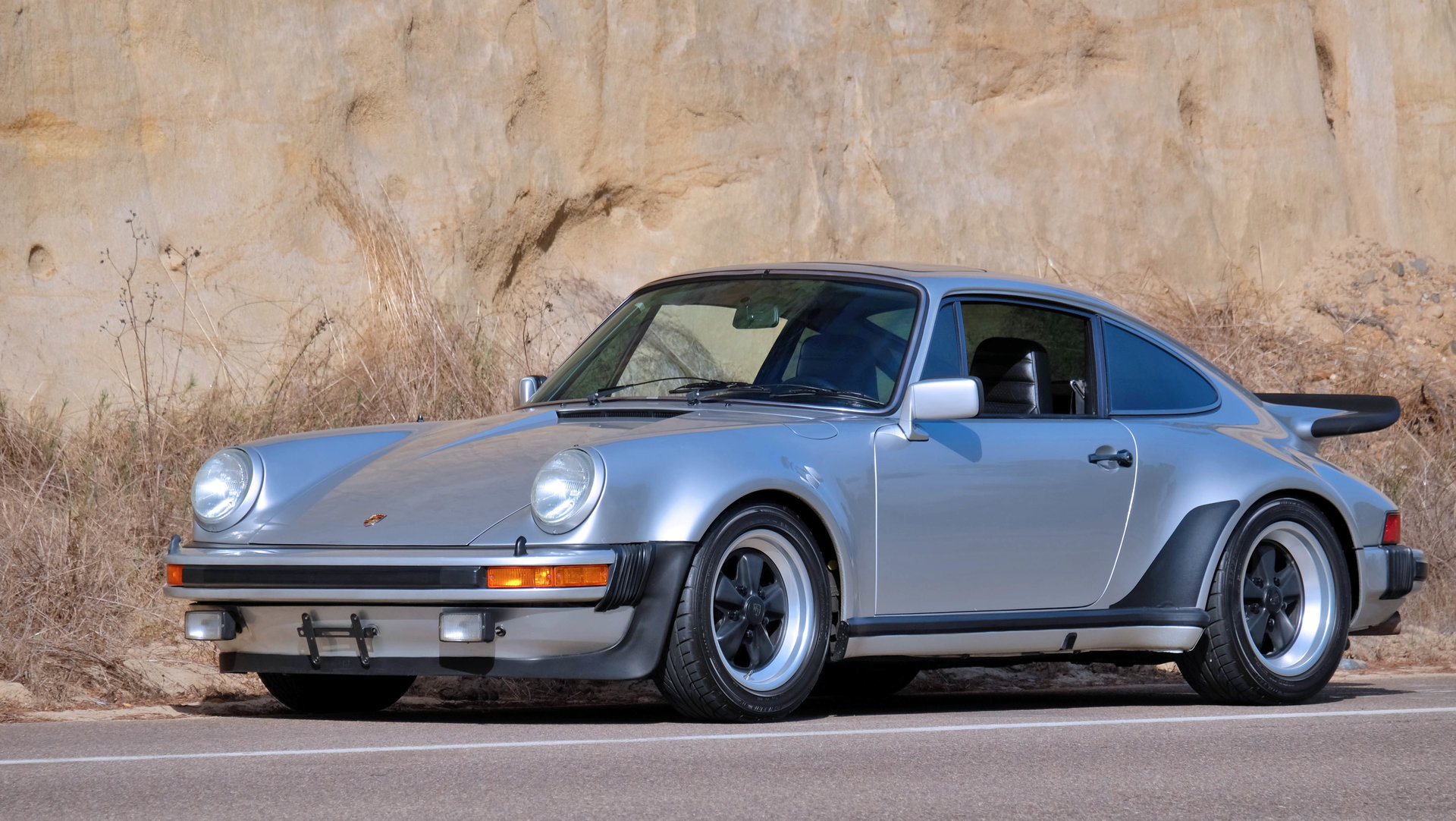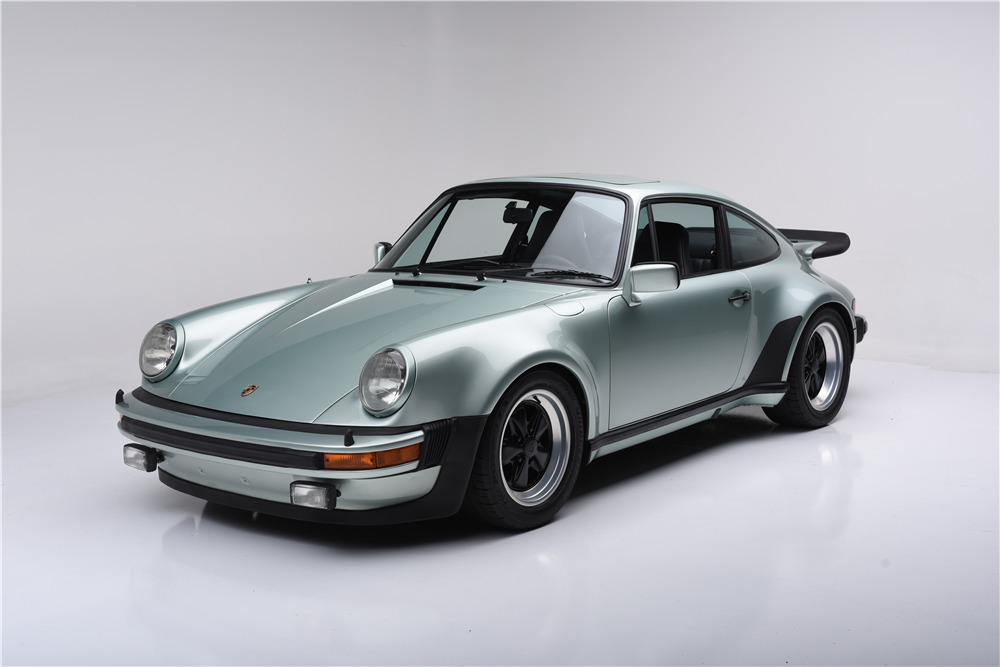Porsche 911 Turbo 3.0 (930) (1975 – 1977)
Share
The Porsche 911 Turbo 3.0 (930) (1975 – 1977): A Legend of Performance

When it comes to iconic vehicles, the Porsche 911 Turbo 3.0 (930) stands out as a performance legend among automotive enthusiasts. Produced between 1975 and 1977, the 930 generation introduced turbocharging to the 911 lineup, creating a beast that seamlessly blends power with precision. In this detailed blog post, we'll explore the history, performance specs, design attributes, and the impact of the Porsche 911 Turbo 3.0 in the world of sports cars.
A Brief History of the Porsche 930 Turbo

The Porsche 911 Turbo, also known by its internal designation 930, marked a significant turning point for Porsche's flagship model. Launched amid the oil crisis of the mid-1970s, this model was Porsche’s answer to the growing demand for high-performance sports cars that could also be street legal. The Turbo's arrival was a testament to Porsche’s commitment to innovation, showcasing the company's engineering prowess through its impressive turbocharged powertrain.
By integrating a turbocharger into the 911's flat-six engine, Porsche raised the output capabilities beyond what was available in earlier models. This change fundamentally transformed the driving experience and set the stage for future generations of the 911.
Performance and Specifications

The thrill of the Porsche 911 Turbo 3.0 begins under the hood. The heart of this powerhouse is a 3.0-liter flat-six engine that produces an astonishing 256 horsepower and 244 lb-ft of torque. This turbocharged engine was paired with a 4-speed manual transmission, allowing drivers to accelerate from 0 to 60 mph in just about 5.5 seconds – an impressive feat for the mid-1970s.
This powertrain not only offered accelerated performance but also introduced various technological advancements. Features such as the KKK turbocharger provided a strong mid-range torque, which made the car very engaging to drive. The 930 Turbo's top speed climbed to about 155 mph, highlighting its role as one of the fastest production cars of its era.
The Turbo Effect
One of the standout experiences provided by the Turbo was “turbo lag.” This meant that there was a slight delay following initial acceleration until the turbocharger spooled up. While some might view this as a drawback, it introduced an element of character and anticipation to the driving experience. The feeling of the boost arriving proved exhilarating and became a defining trait for many turbocharged vehicles.
Iconic Design Elements

While performance is paramount, ride aesthetics also play an essential role in defining a sports car's allure. The Porsche 911 Turbo 3.0 featured a distinct design characterized by its flared wheel arches, large rear spoiler, and wide stance. These elements were not only visually striking but served a purpose in improving the car’s aerodynamics and stability at higher speeds.
The interior maintained the classic 911 essence with its driver-oriented layout. Leather upholstery, sport seats, and a stylish dashboard created an ambiance of sophistication blended with sporty ergonomics. With five gauges prominently placed, including a distinctive boost gauge, the cabin provided all essential information at a glance, perfect for performance-focused drivers.
Cultural Impact and Legacy

Upon its release, the Porsche 911 Turbo 3.0 garnered significant attention not only for its performance but also for its burgeoning status as a cultural icon. References in popular films, music, and even video games elevated its presence in global pop culture, leading to its status as a go-to choice for aficionados of automotive excellence.
Furthermore, the legacy of the 930 Turbo can still be felt today. It paved the way for future generations of 911 models with turbocharged engines, influencing the design philosophy, engineering standards, and performance expectations of modern sports cars. The principles established with the 930 Turbo continue to resonate with enthusiasts and engineers alike, as the Porsche 911 remains a benchmark for performance.
Conclusion
In conclusion, the Porsche 911 Turbo 3.0 (930) produced from 1975 to 1977 is more than just a car; it embodies a passion for engineering and performance that has become synonymous with the Porsche brand. From its remarkable turbocharged performance capabilities to its iconic design, the 930 model holds a special place in both automotive history and the hearts of car enthusiasts worldwide.
Whether you’re a seasoned collector or a casual admirer, the importance of the Porsche 911 Turbo 3.0 is undeniable—it is a car that has stood the test of time and continues to inspire the next generation of high-performance vehicles.